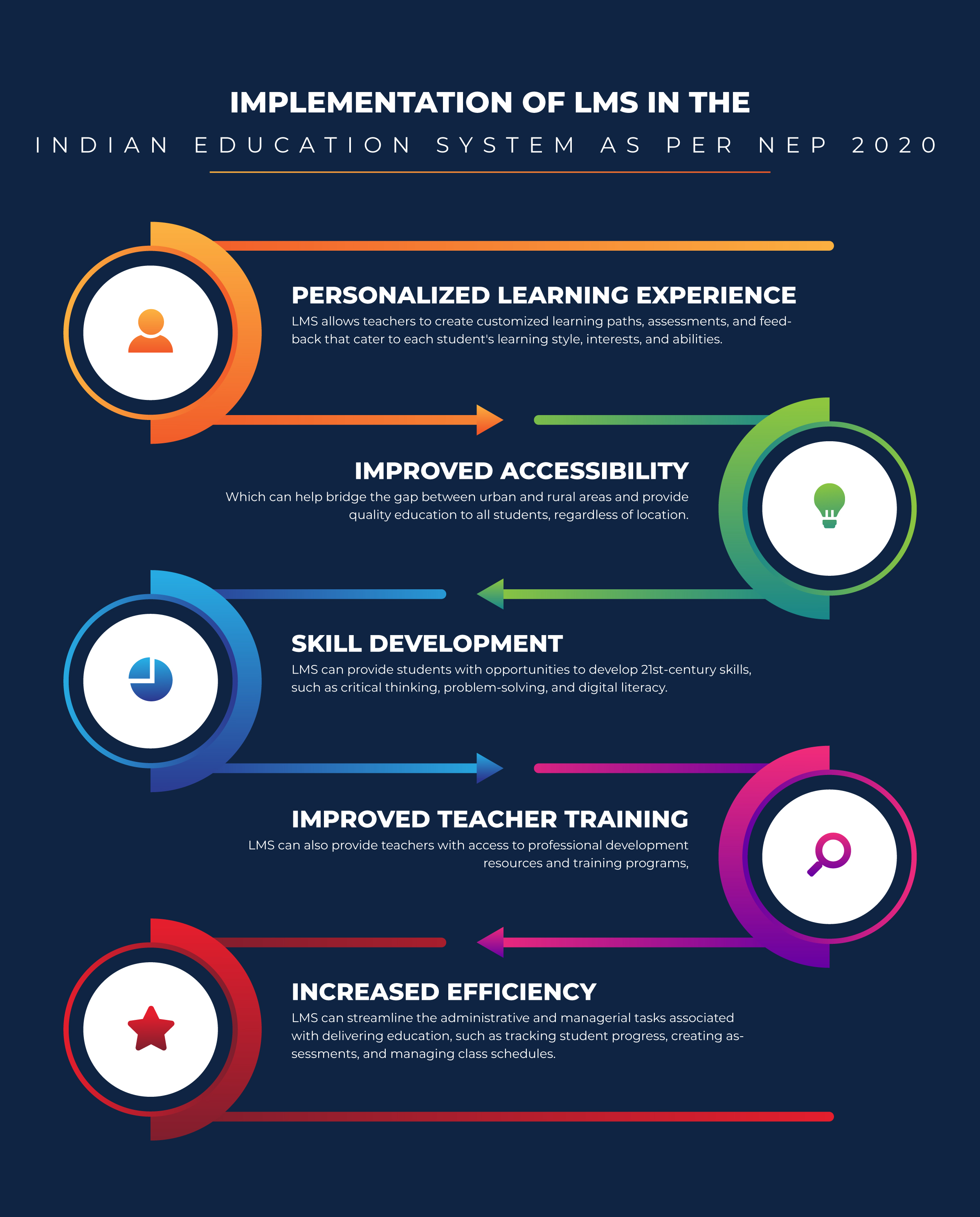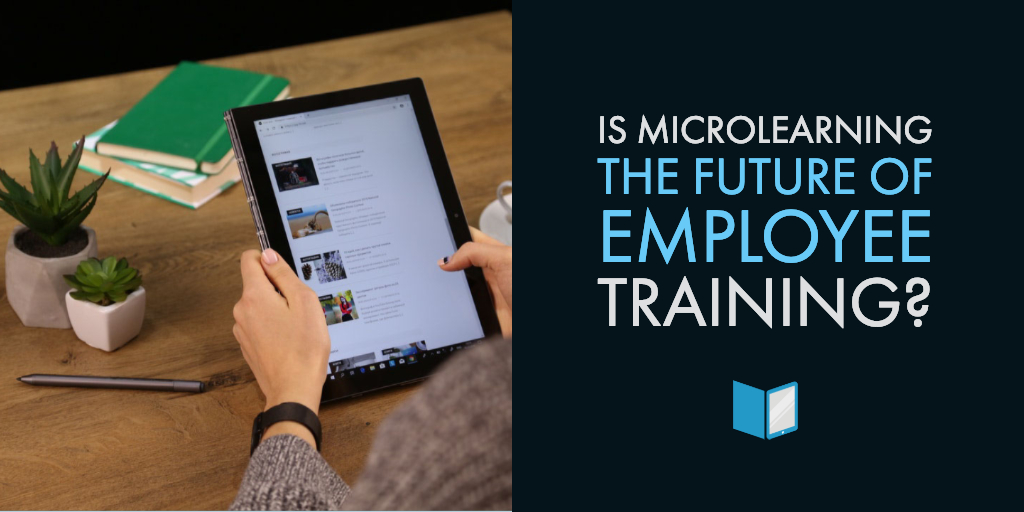
Introduction to Microlearning
Imagine a world where learning fits seamlessly into your daily routine. Where you can grasp concepts in just a few minutes, making education feel less like a chore and more like an adventure. Welcome to the realm of microlearning—a new approach to education that is transforming how we acquire knowledge. This innovative method breaks down information into bite-sized chunks, making it easier for learners of all ages to engage with content and retain what they’ve learned. In this rapidly changing landscape of digital communication and technology, microlearning stands out as a beacon of efficiency and effectiveness in education. Let’s dive deeper into how this trend is reshaping our understanding of learning itself!
How Does Microlearning Work?
Microlearning operates on the principle of delivering information in bite-sized chunks. These small units break down complex subjects into manageable pieces that are easier to digest.
Typically, microlearning modules last between 3 to 5 minutes. This keeps learners engaged and allows for quick absorption of knowledge.
Content can take various forms: videos, quizzes, infographics, or short articles. Each format caters to different learning styles, increasing effectiveness.
Access is a key feature as well. Learners can engage with material anytime and anywhere using smartphones or tablets. This flexibility enhances retention since users can revisit topics when needed.
Feedback loops play an essential role too. Immediate assessments allow learners to understand their progress and adjust accordingly, reinforcing what they have just learned without delay.
Benefits of Microlearning
Microlearning offers numerous advantages that cater to today’s fast-paced world. It delivers content in bite-sized chunks, making it easier for learners to absorb information without feeling overwhelmed.
With shorter sessions, retention rates improve significantly. Learners can revisit material when needed, reinforcing knowledge and enhancing recall.
Flexibility is another key benefit. Microlearning fits seamlessly into busy schedules, allowing individuals to learn at their own pace and convenience.
Engagement levels also rise with this approach. Interactive formats like quizzes or videos keep learners interested and motivated, turning tedious study time into an enjoyable experience.
Furthermore, microlearning supports personalized education paths. Tailored content meets individual learning styles and preferences perfectly, promoting a sense of ownership over one’s educational journey.
This method not only aligns with modern attention spans but also fosters continuous learning—a crucial element in today’s evolving job market.
Implementation in Education Systems
Implementing microlearning in education systems involves integrating bite-sized content into existing curricula. This approach allows educators to create modular lessons that target specific skills or knowledge areas.
Teachers can utilize various digital platforms to deliver these short segments. Mobile apps, online courses, and interactive quizzes are some effective tools for engaging students.
Flexibility is a significant advantage of this method. Students can learn at their own pace, revisiting material as needed without overwhelming pressure.
Training teachers on how to design and implement microlearning strategies is crucial. Professional development workshops can equip them with the necessary skills and resources.
Collaboration between educational institutions and tech companies also plays a vital role. Partnerships can enhance the quality of content while ensuring accessibility for all learners.

Examples of Successful Microlearning Programs
Many companies have embraced microlearning to enhance employee training. For instance, Starbucks uses bite-sized videos and quizzes to teach barista skills. This method keeps team members engaged and allows for on-the-spot learning.
In the education sector, Duolingo is a standout example. It breaks language learning into small lessons that users can complete in minutes. The gamified approach not only makes learning fun but also encourages consistent practice.
Another noteworthy program comes from LinkedIn Learning. They offer short courses specifically designed for busy professionals seeking quick skill enhancements without lengthy commitments.
These examples illustrate how diverse sectors are leveraging microlearning effectively, making complex subjects accessible and engaging for learners of all ages and backgrounds. Each program demonstrates innovative solutions tailored to meet individual needs while maximizing retention through concise content delivery.
Challenges and Limitations
Microlearning has its challenges. One significant hurdle is the potential for information overload. Presenting too much content in bite-sized formats can overwhelm learners, leading to confusion rather than clarity.
Another limitation lies in technology access. Not all students have reliable internet or devices. This digital divide can hinder effective learning for some, making it an uneven playing field.
Content quality also varies widely across platforms. While microlearning encourages quick consumption, shallow material risks sacrificing depth and critical thinking skills.
Additionally, integrating microlearning into existing curricula poses logistical issues. Educators may struggle to fit brief modules into traditional lesson plans without disrupting established structures.
Learner engagement remains a concern. Short bursts of information can sometimes fail to capture interest long-term, making retention a challenge as well.
The Future of Microlearning
Microlearning is poised to revolutionize education in the coming years. With technology evolving rapidly, we can expect more engaging platforms tailored for learners.
Artificial intelligence will play a pivotal role. Personalized content delivery may become the norm, adapting to each student’s pace and preferences. This fosters a more individualized learning experience.
Moreover, advancements in augmented and virtual reality could create immersive microlearning environments. Imagine students exploring historical events or scientific concepts through interactive simulations.
As remote learning continues to be embraced globally, microlearning fits perfectly into this landscape. Bite-sized lessons can easily be integrated into busy lifestyles, allowing learners to digest information whenever it suits them best.
The integration of gamification elements also holds promise. Incorporating reward systems may enhance motivation and retention among students, making learning not just effective but enjoyable as well.

Conclusion
Microlearning is transforming the landscape of education. This innovative approach breaks down complex information into bite-sized segments, making learning both accessible and efficient. As technology continues to evolve, so does the way we absorb knowledge.
The benefits are clear: increased retention rates, flexibility in learning schedules, and a more engaging experience for students. Educational institutions and organizations that embrace microlearning can foster environments where learners thrive.
While challenges exist—such as ensuring content relevance and maintaining learner motivation—the potential rewards far outweigh these hurdles. With successful programs already paving the way, it’s evident that microlearning is not just a passing trend but rather a significant shift in how we approach education moving forward.
As this method gains traction across various sectors, its influence on future educational frameworks will likely be profound. Educators must remain adaptable to harness the full power of microlearning. Embracing this new model could redefine what effective teaching looks like in our increasingly fast-paced world.



Leave a Reply